You tend to hear horror stories about people going into debt. Others are buried under thousands of dollars of credit card bills. Some are picking up extra jobs and taking out loans left and right.
Having a good system to manage your finances is a smart idea if you want to stay out of debt and possibly save for the future. Here is a beginner's guide to managing your money.

anon_tae/shutterstock.com
Create a Realistic Budget
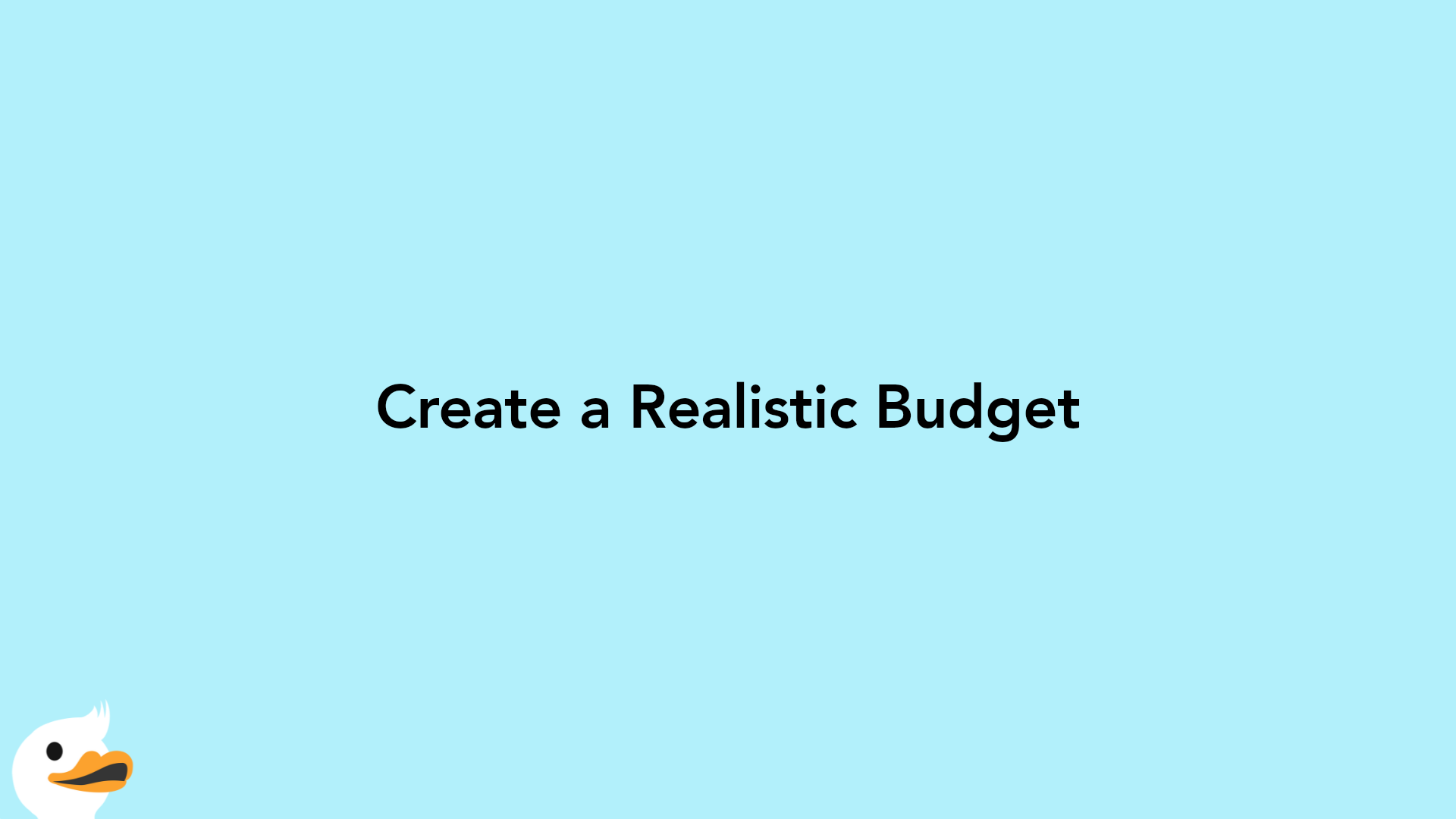
When most people think of a budget, they think of a set of rules. Now, something is telling them what they can and cannot buy. This definition is technically correct, but that is not what the goal of a budget is.
A budget is a set of financial guidelines, or a spending plan, that helps you reach your goals. With a budget, you will be able to better manage your finances so you can afford to spend money on things that you want.
First, determine your income. Your income or cash flow is how much money you bring home every month. If you have an irregular income, such as if you are self-employed or commissioned-based, you will need to set up a different kind of budget. Variable income is much more difficult to predict and manage.
Next, make a list of your fixed recurrent expenses. These bills include rent or mortgage payments, car payments, insurances, utilities, and any other loan payments. If possible, set aside 10% of your monthly income for savings.
This part is where it gets tricky. Now, determine the amount that you spend on variable expenses. These are "variable" because you can adjust how much or how little you choose to spend every month. Of course, you will always need to budget for food. However, grocery expenses have an inverse relationship with restaurant expenses. Theoretically, the more you spend on groceries and cooking means you spend less on eating out.
Other categories of variable expenses include clothing, household essentials, personal care, and entertainment.
You only need to create a budget once. The hardest part is almost over! Next, compare your expenses to your income. Allot a specific dollar amount for each category, starting with the fixed expenses first. Then, assign an amount for the variable expenses. Remember, you probably cannot suddenly increase your monthly income. On the other hand, you can decrease and slim down your variable expenses. If you have any money remaining at the end of the month, put it into savings.
How to Keep Your Budget on Track
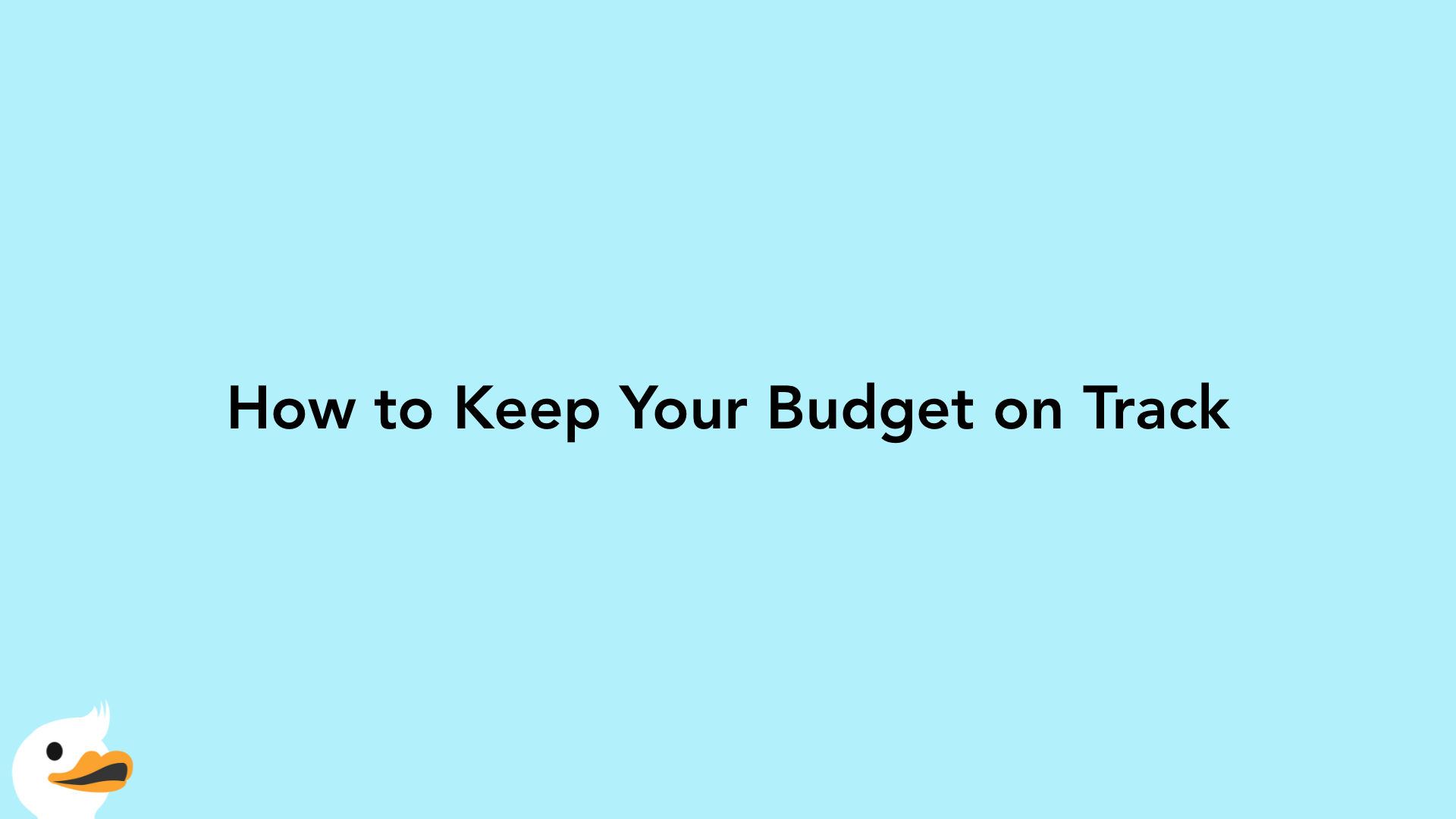
Once you have set up a budget, you will need to track your expenses. You can do this using an app, a budgeting software, or a spreadsheet document. For each dollar that you spend on something, write it down in its appropriate category. At the end of the month, you can see what category you tend to overspend in.
I enjoy using my credit card to keep track of my expenses. My credit card bill categorizes my spending and shows me a clear and accurate record of how much I spend. However, I only recommend this method if you don't have credit card debt.
Alternatively, especially in a cash economy, buying something with cash and receiving change is more difficult to keep track of. In this case, I would recommend using an app on your smartphone. After the transaction, input the data to track your expenses. Some finance apps even automatically track your credit card purchases and allow you to input your cash transactions altogether. This is a great hybrid solution to see all your expenses, both credit and cash transactions, all in one place.
After the first month, you will know what works for you. You can adjust the dollar amount for the categories, if needed. If you choose to increase a category, you will need to decrease another. Remember, all of your income is already accounted for somewhere.
You may also find that you can't afford your current lifestyle! Try to trim back on unnecessary things or memberships that you don't use. Most people find that if they make coffee at home and bring their lunch to work, they can save a significant amount of money each month. Similarly, you may not need that gym membership that you haven't used in a year.
A good rule of thumb is to track your expenses every day. Reviewing your budget daily will help you know when you should stop spending in that category. Remember, the goal of a budget is to prevent overspending. Self-control is key. If you want that nice jacket, but you have maxed out your clothing budget, you will have to wait until the next month, or more specifically, your next paycheck.
If you have an unexpected expense, such as a medical bill, try to adjust your budget to pay for the purchase without dipping into your savings. If you have some extra money in your entertainment and recreation budget, can you use that money to pay for your medical bill, instead of dipping into your savings or relying on your credit card?
Deal with Existing Debt
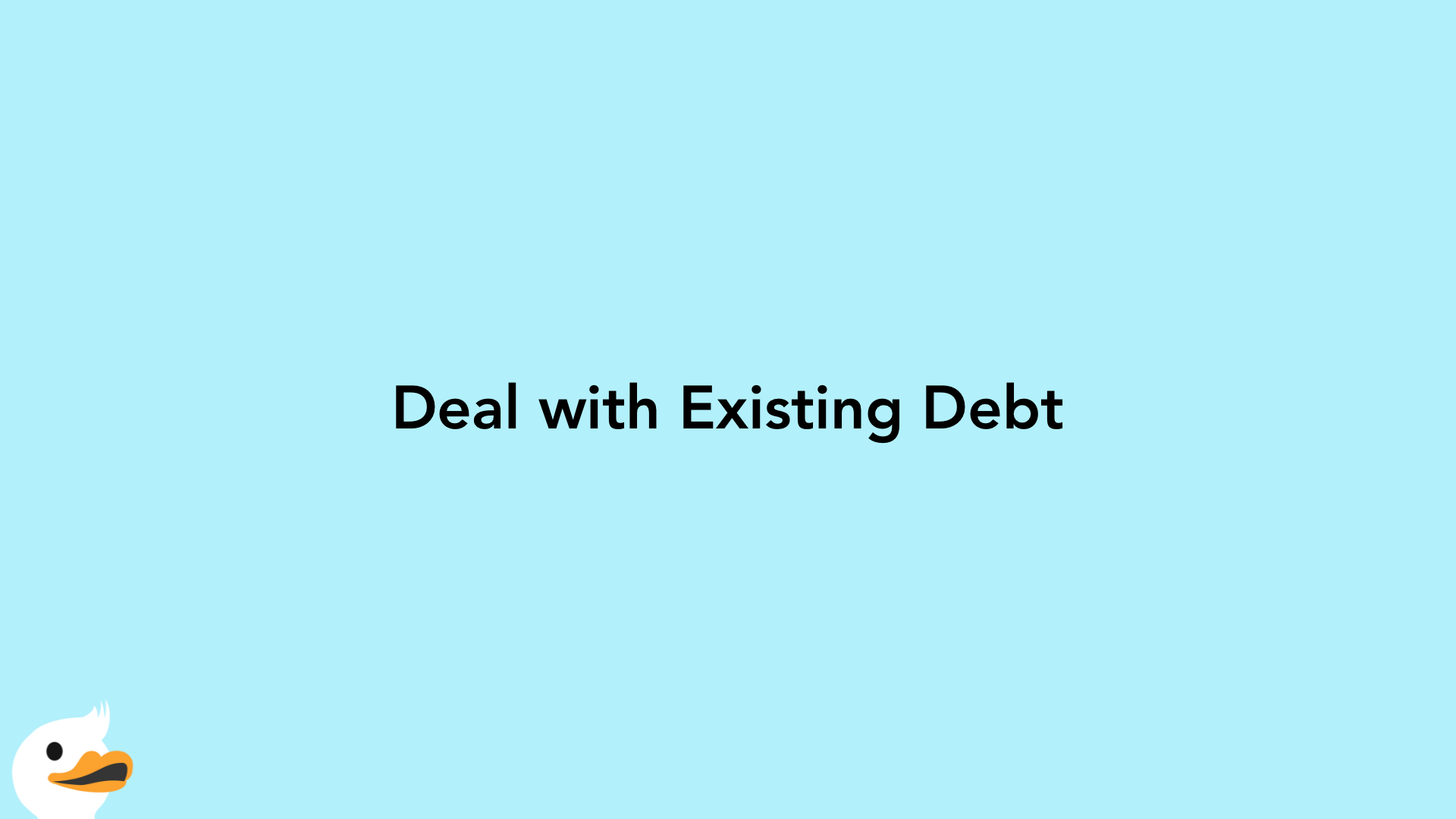
If you have existing debt, such as outstanding credit card bills or outstanding loans, you need to have a plan. Every unpaid debt accumulates interest. That interest payment could be going directly into your retirement fund, savings account, or even towards your next vacation. Detail your debt. Know how much you owe and the terms of each of your loans.
There are two popular get-out-of-debt methods. The Stack method is where you pay off your highest interest rate loans first. Make a list of all your debts, organized by the highest interest rate to the lowest interest rate. Make all minimum payments on all your loans except the highest interest rate loan. Throw all of your disposable money towards the first loan every month. Once that is paid off, you move onto the next highest interest rate loan, and so on. With each payment, you are saving money by avoiding the extra interest charges.
If you have numerous smaller debts, you may consider the Snowball method. With this method, you make a list of all your debts, organized by the outstanding balance, from the lowest to the highest. You pay off your smallest debt first with all the possible funds at your disposal, while paying the minimum payments on all your other debts. Once it is paid off, you snowball that amount towards the next smallest debt's payment. You build momentum as you increase your payment amount and eliminate debts one by one.
Set up an Emergency Fund
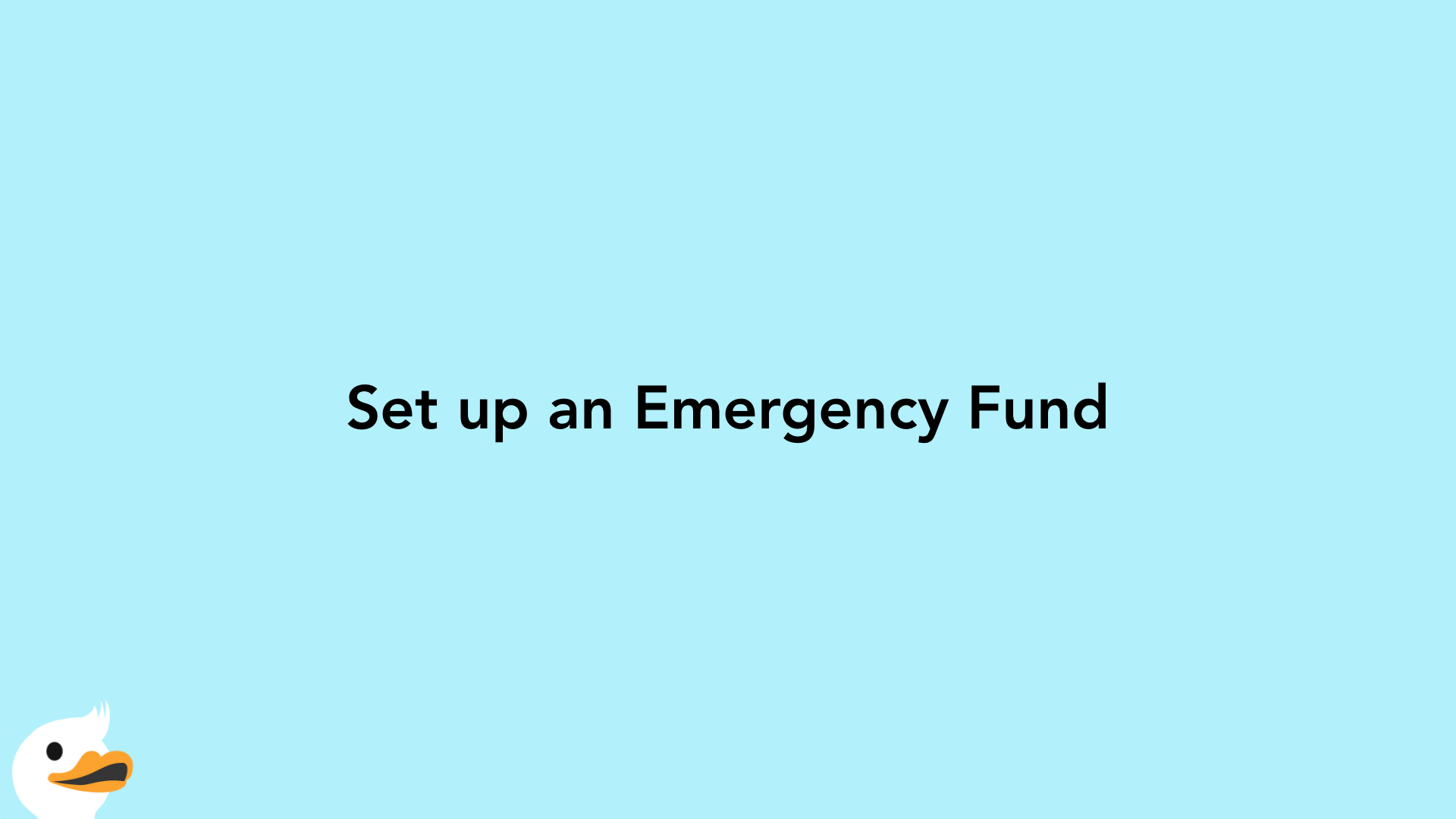
Once you have eliminated your debt, all the money that was going towards your loans is now free. It is time to set up an emergency fund. Putting away some money for a rainy day will help you avoid falling into debt again.
An emergency fund is for unplanned essential expenses, such as a sudden car repair or if you lose your job. Ideally, your emergency fund is at least six months of your expenses. This is perfect because you have a budget. You know exactly how much you spend every month, and can multiply that amount by six. This is your new savings goal.
After you build your emergency fund, you may consider building up your savings. Savings are for planned expenses, such as an upcoming trip or a new computer. Now that you are comfortable with your budget, you may consider saving for long-term goals, such as retirement. Ideally, you can put money away for both your savings, which is for the present, and retirement, which is for the future.
Final Thoughts
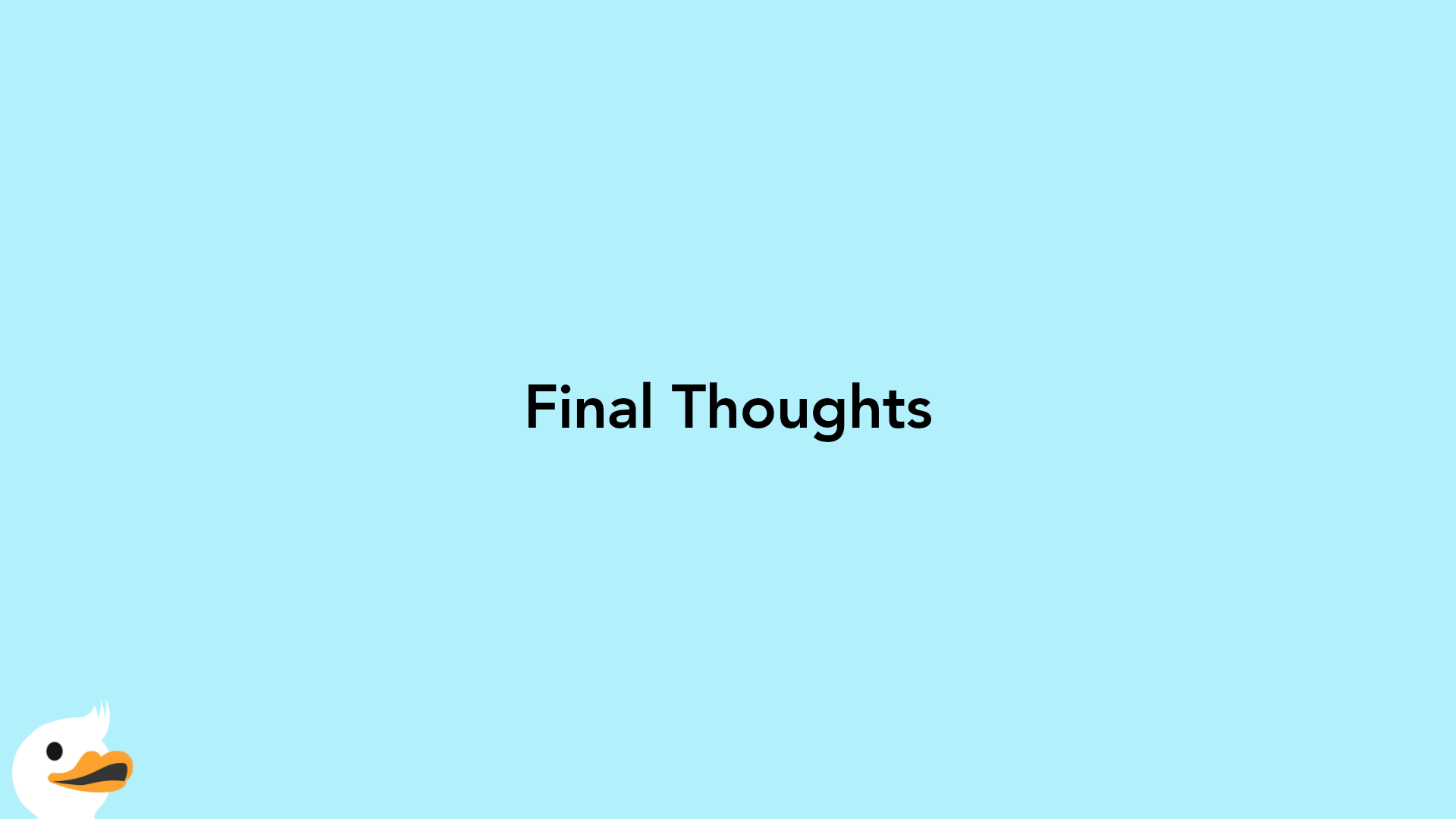
The first principle of managing your money is to live within your means. Always spend less than what you make and keep to your budget. By taking the initiative to learn how to manage your money, live debt free, and save for the future, your budget will reward you and say, "Go ahead, you can afford that."



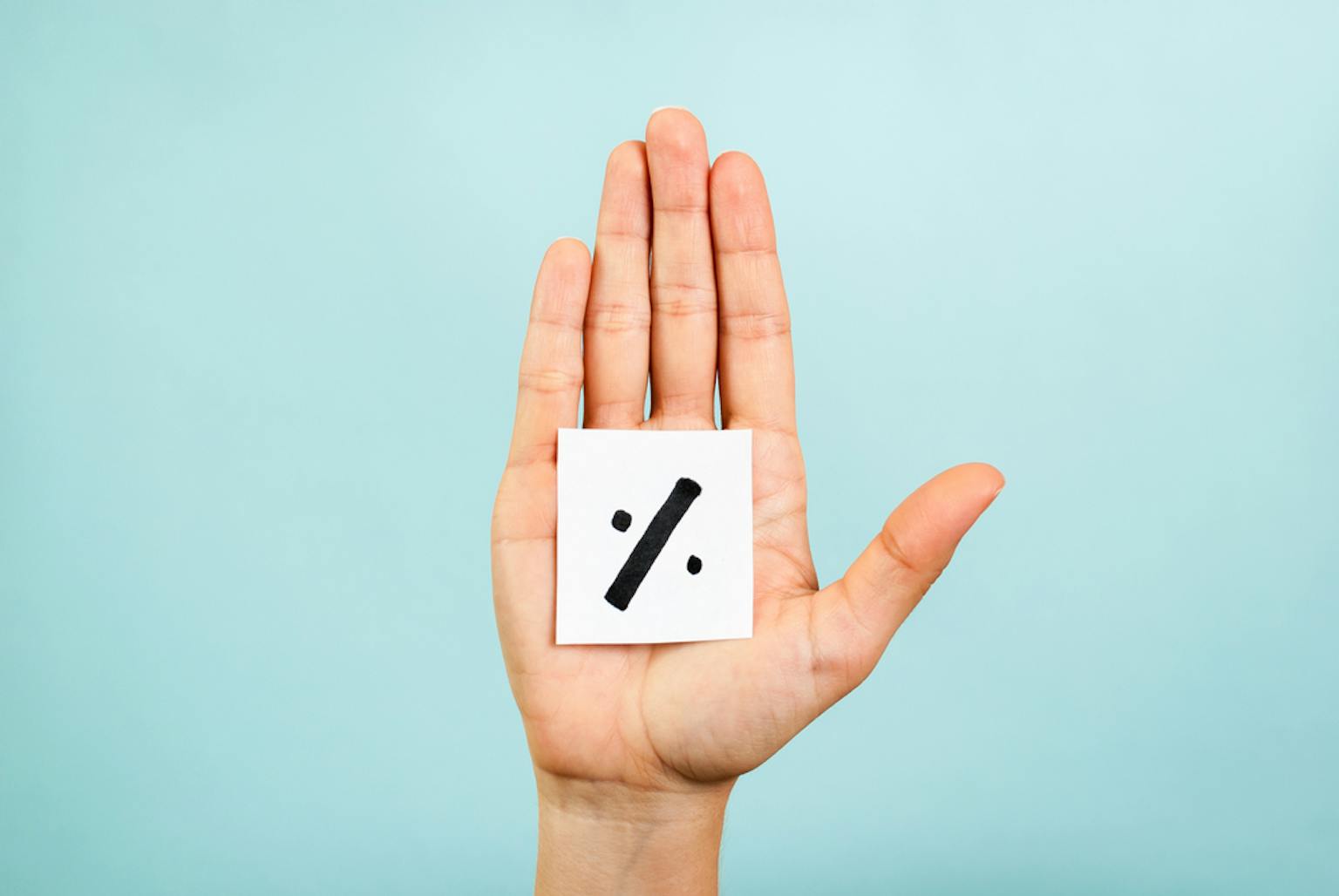


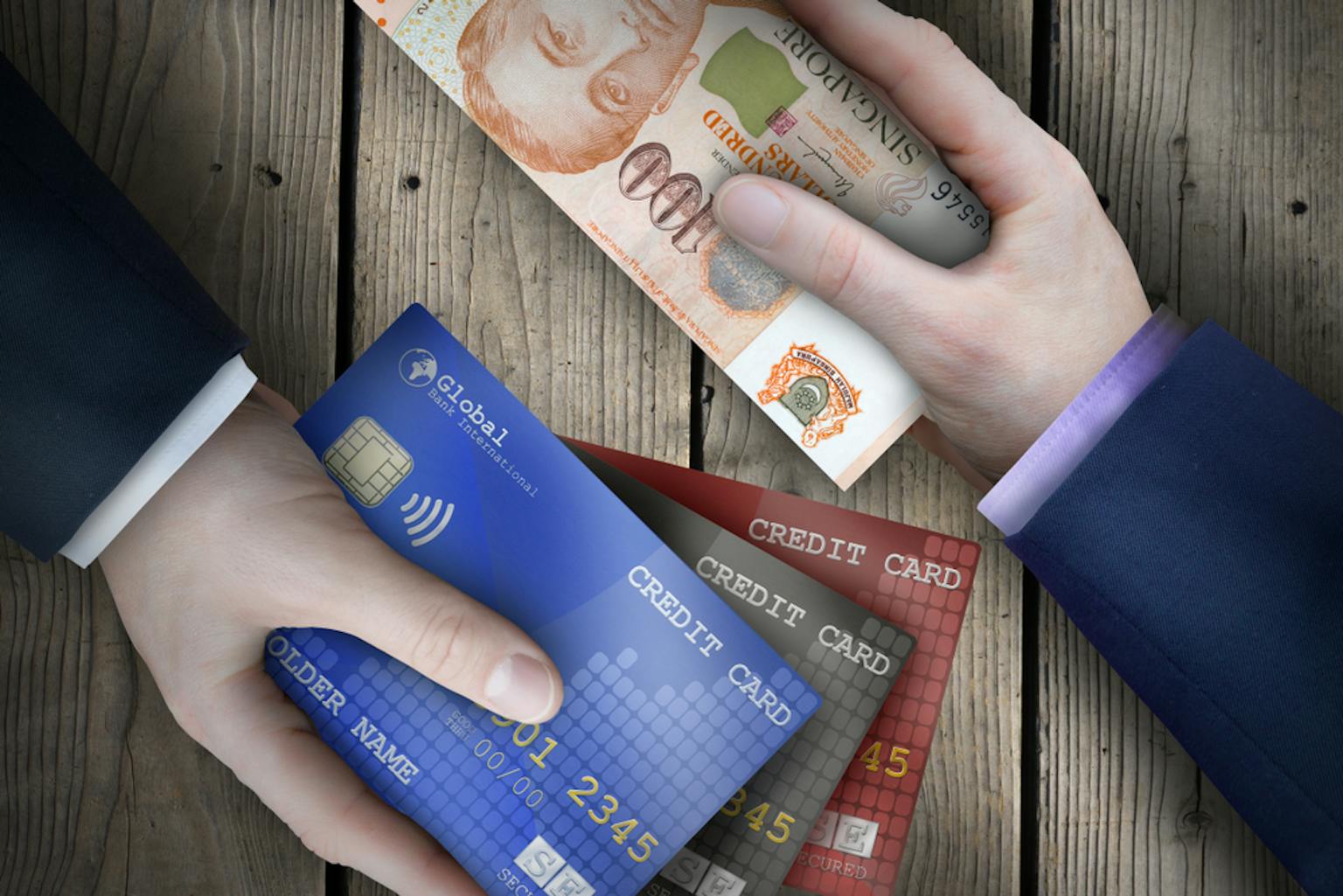
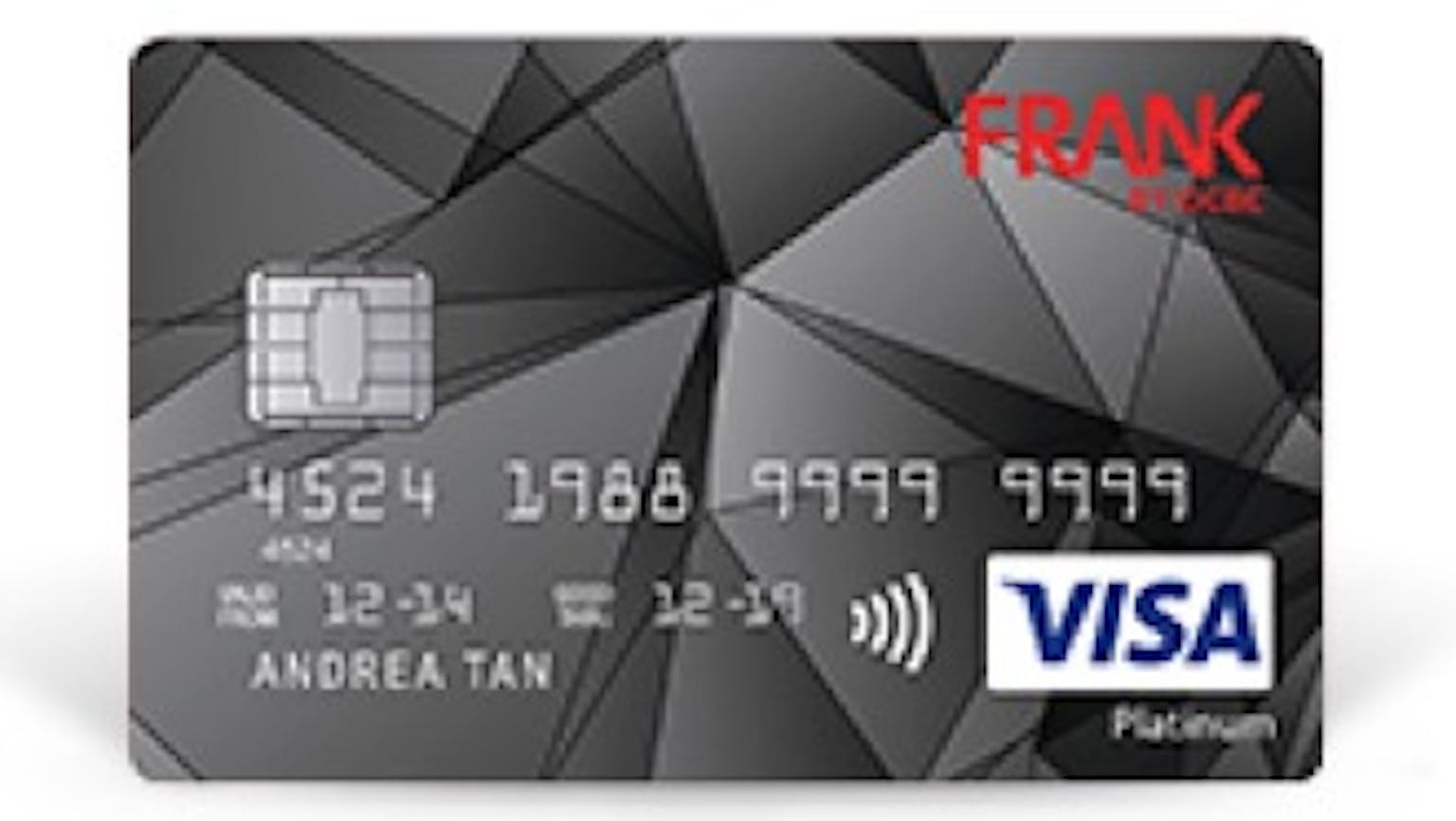
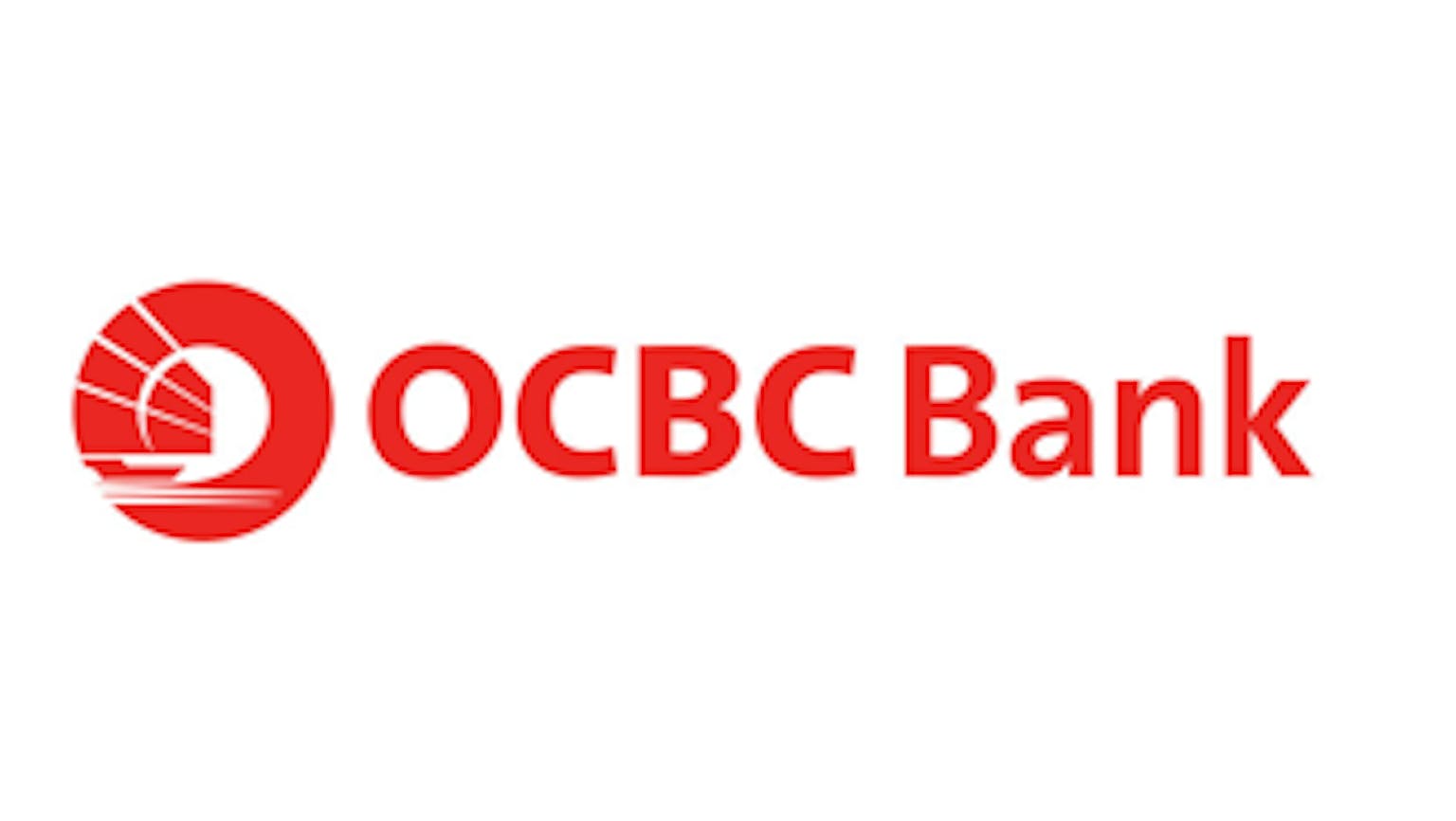
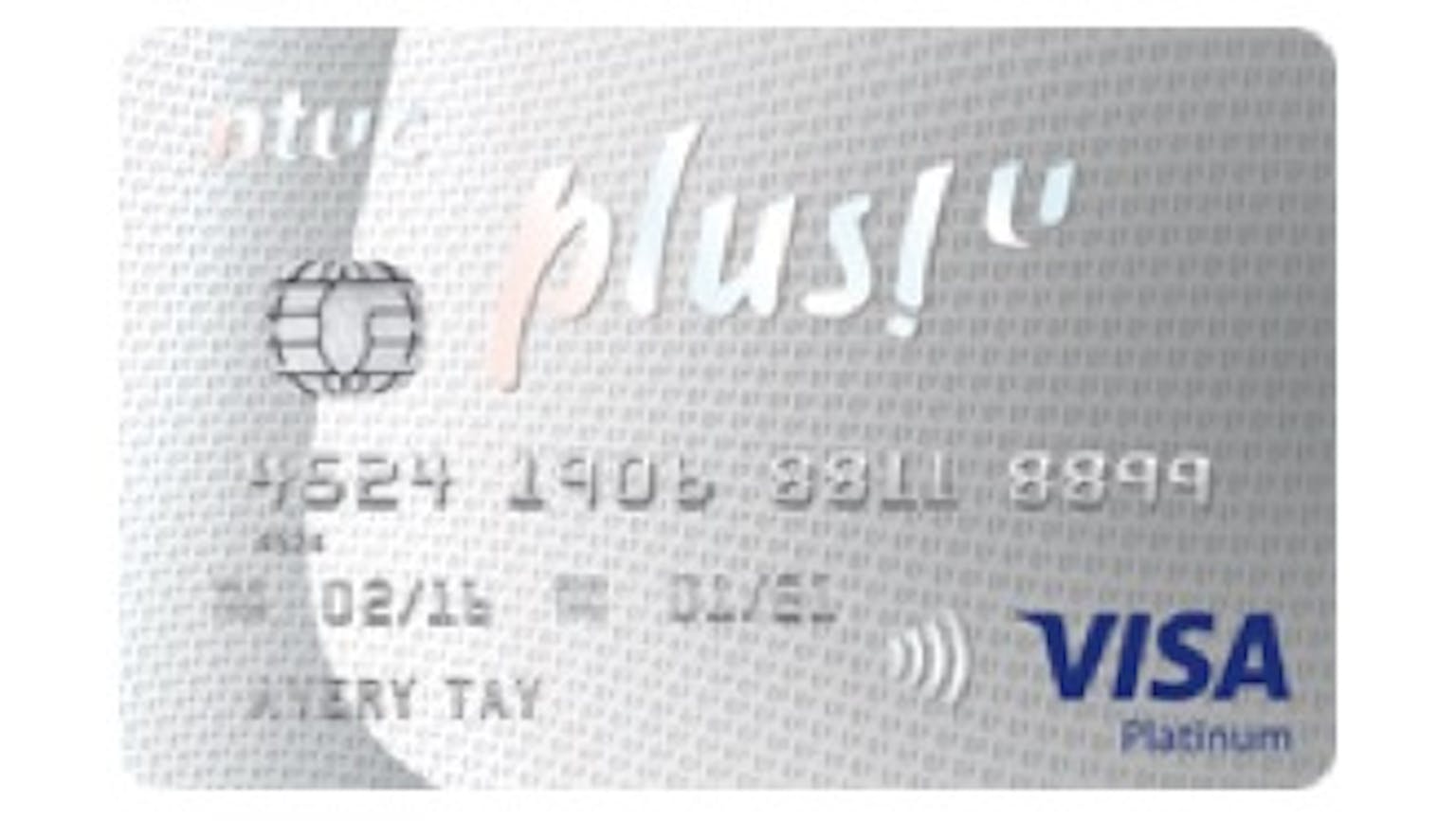
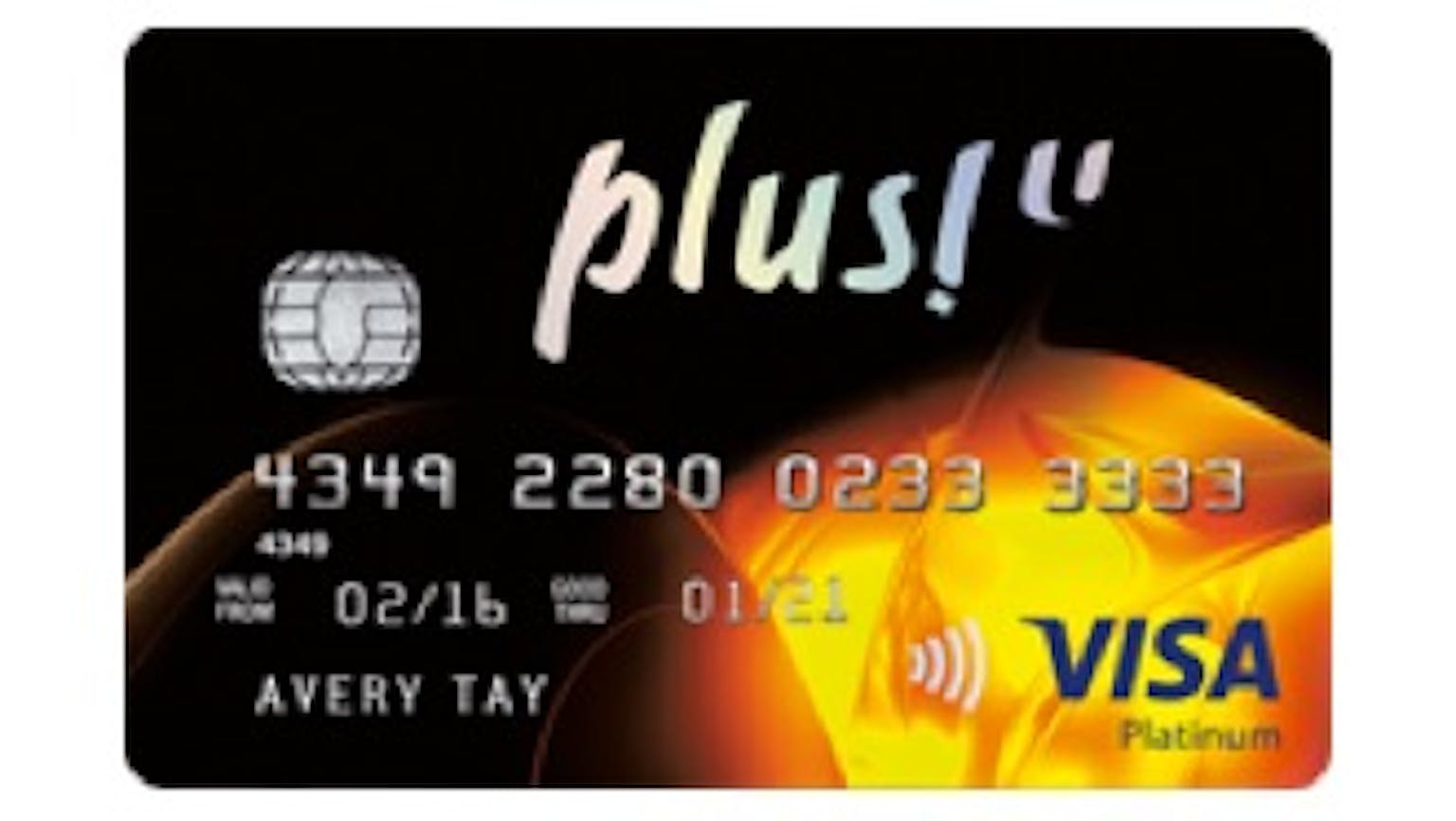
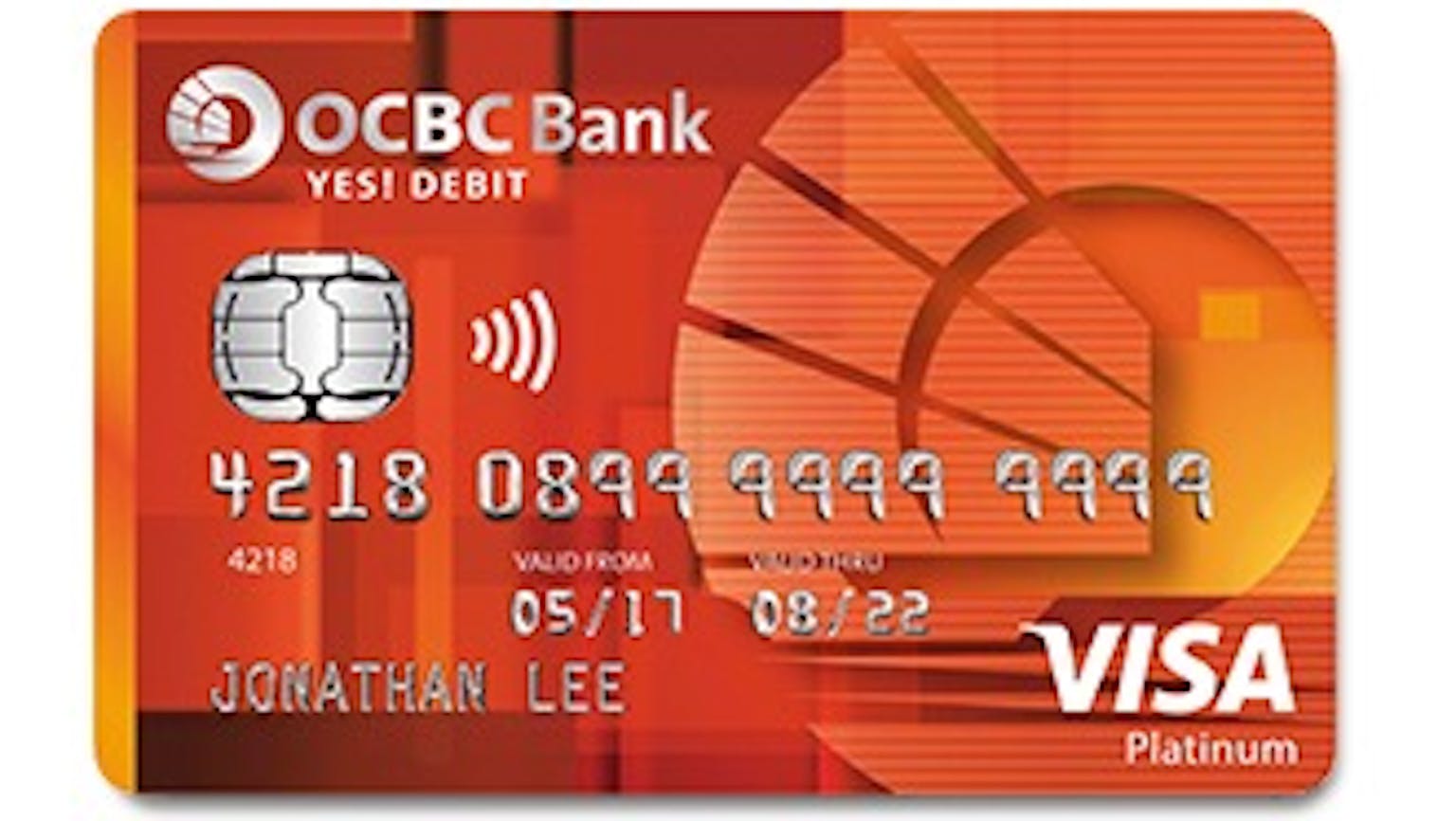
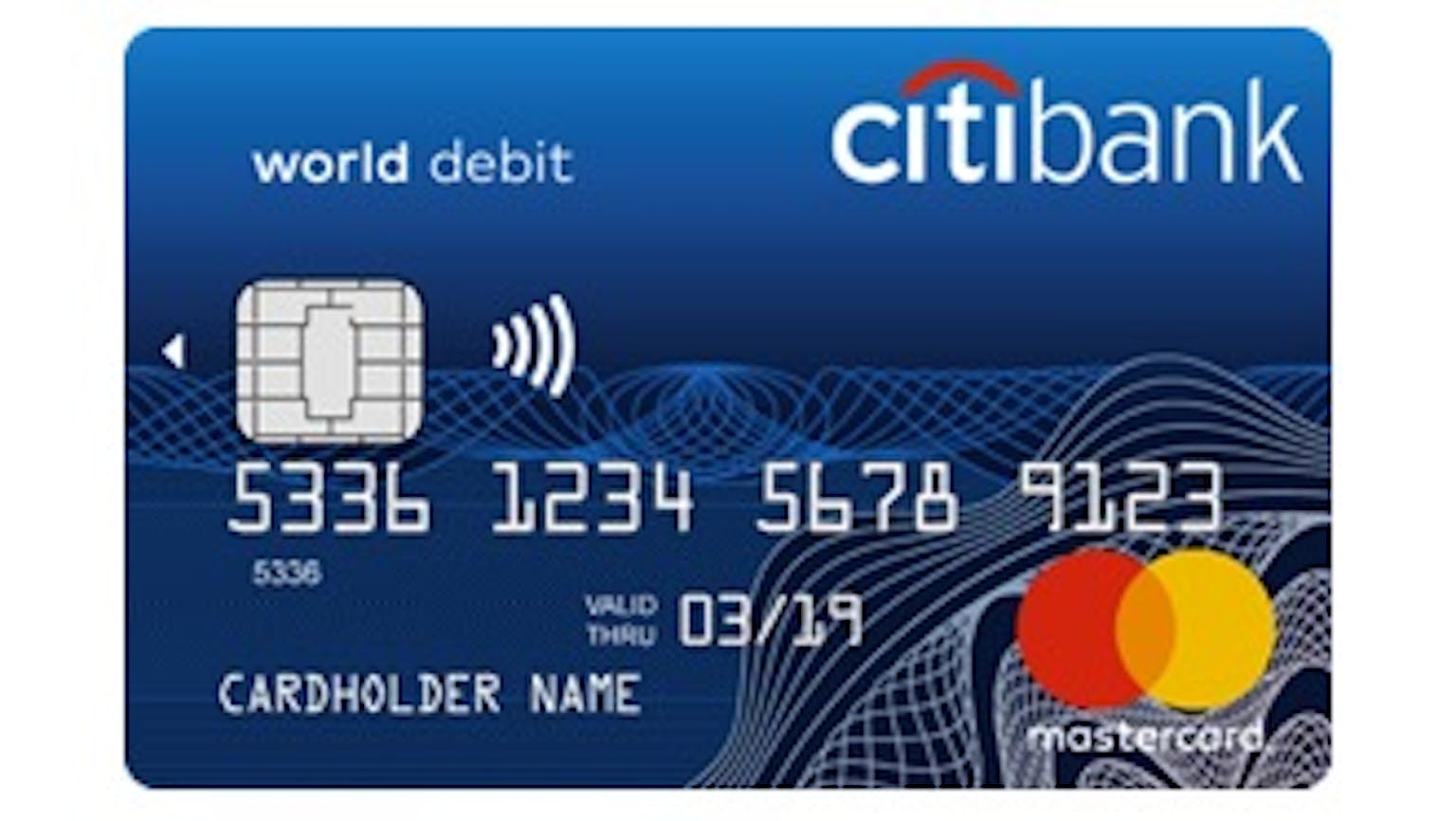
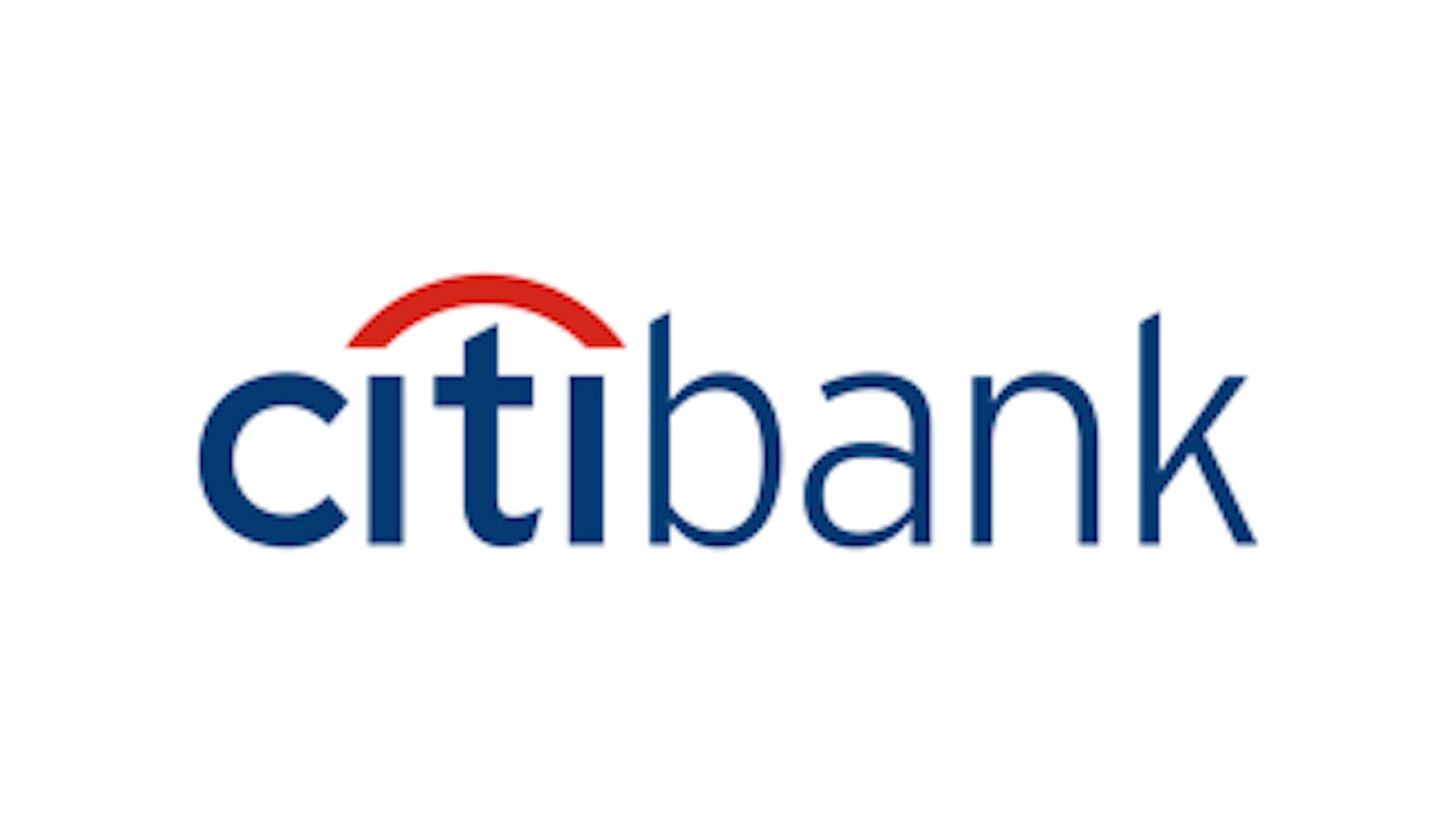
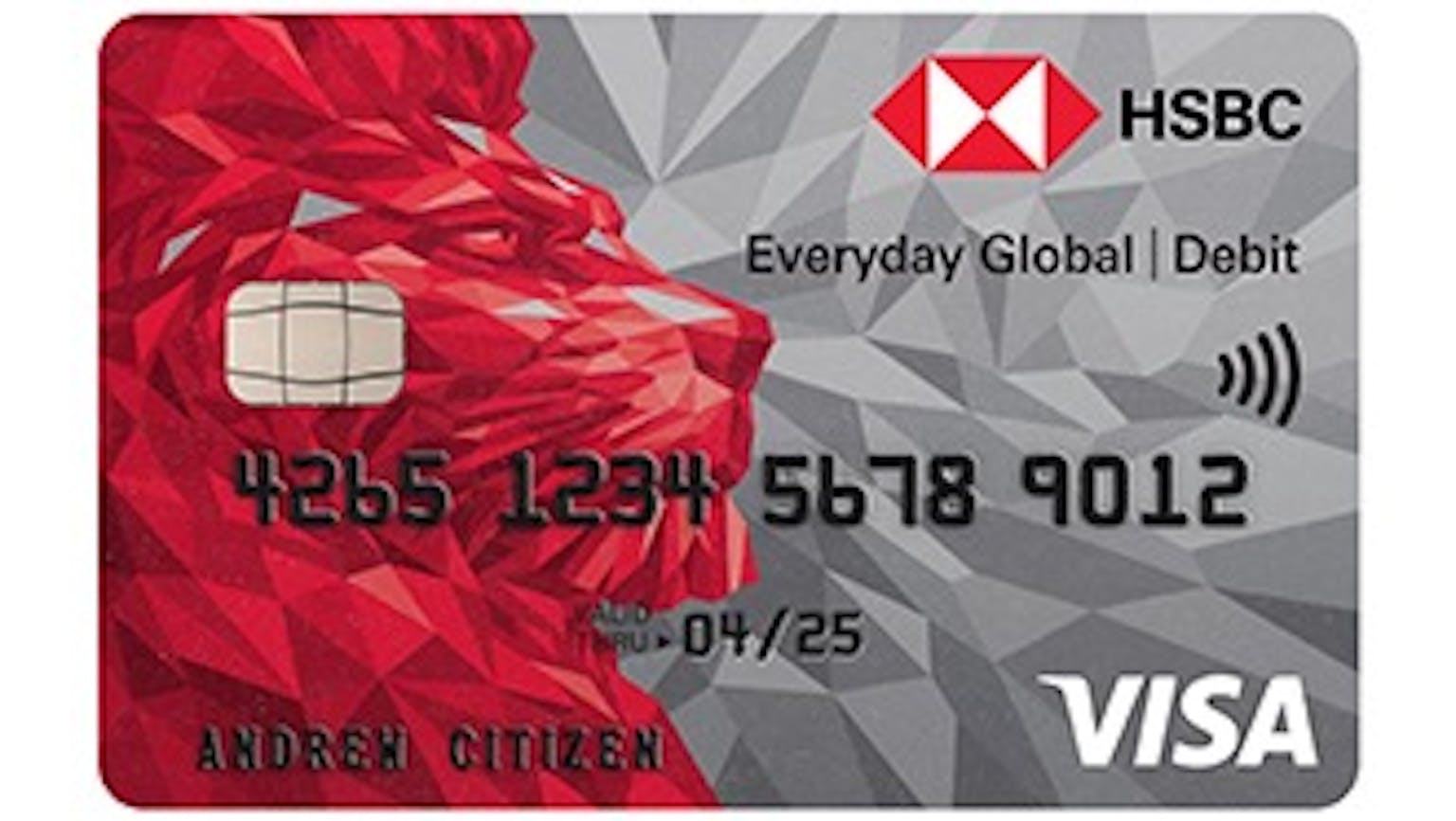
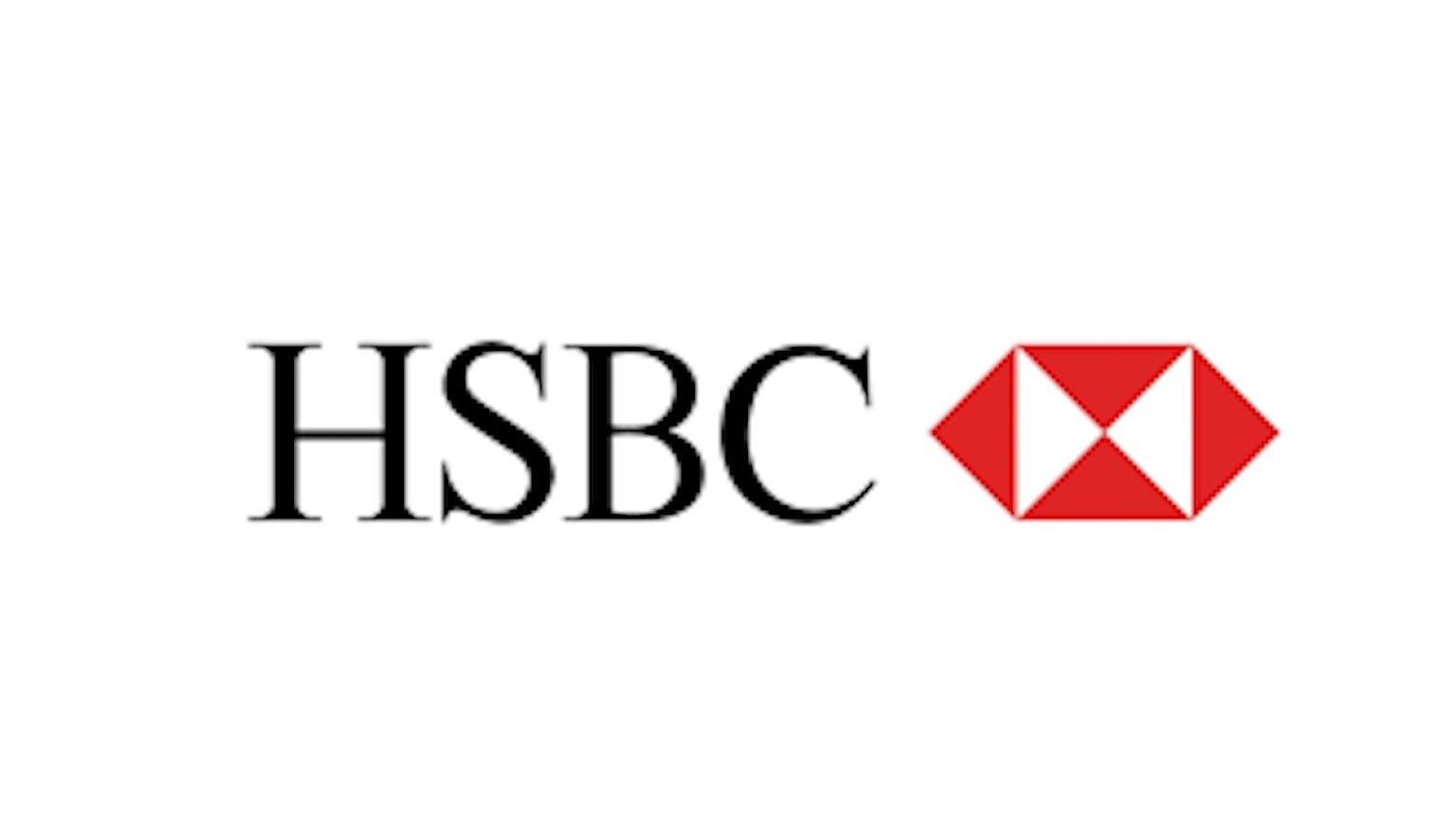

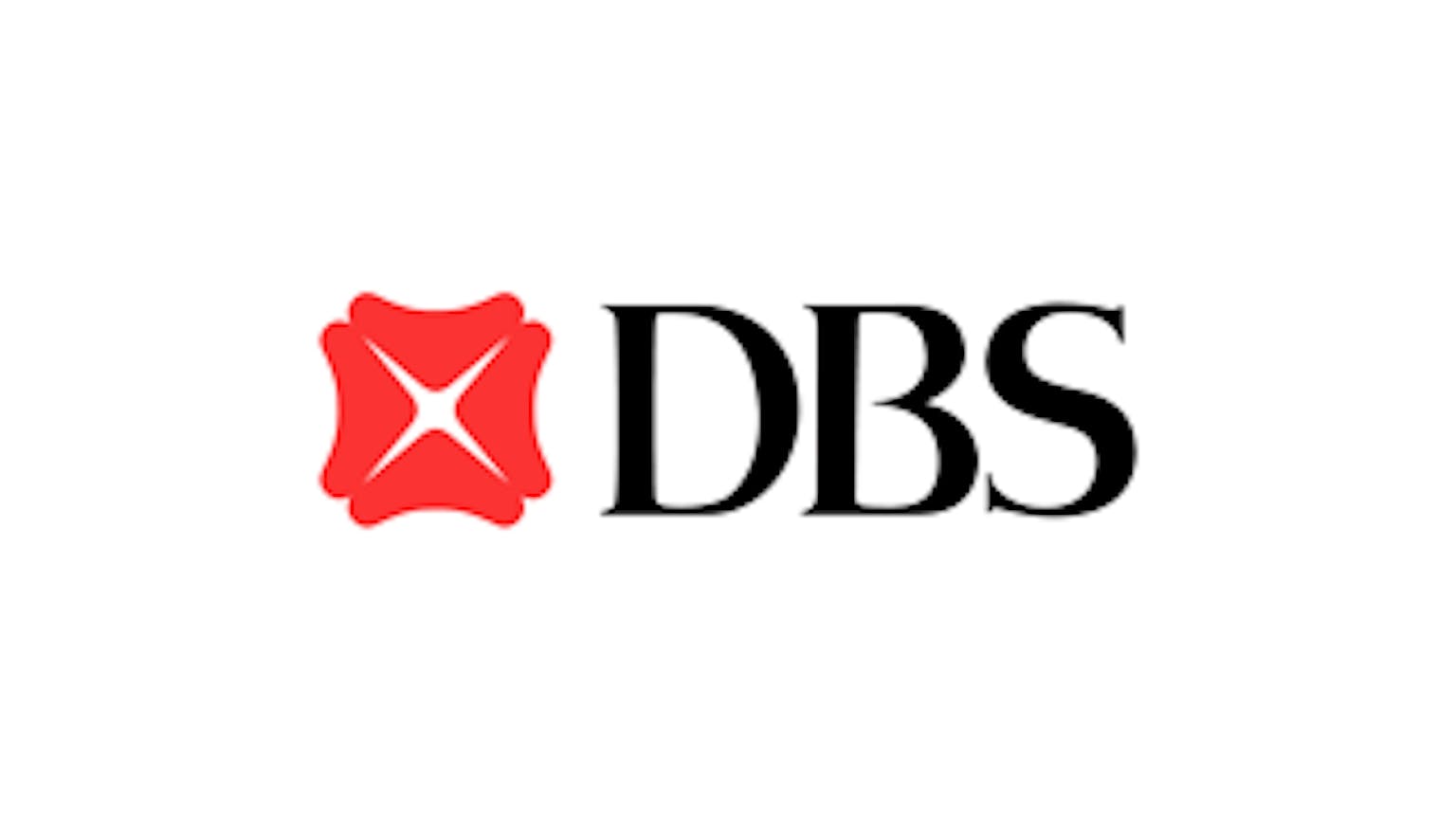
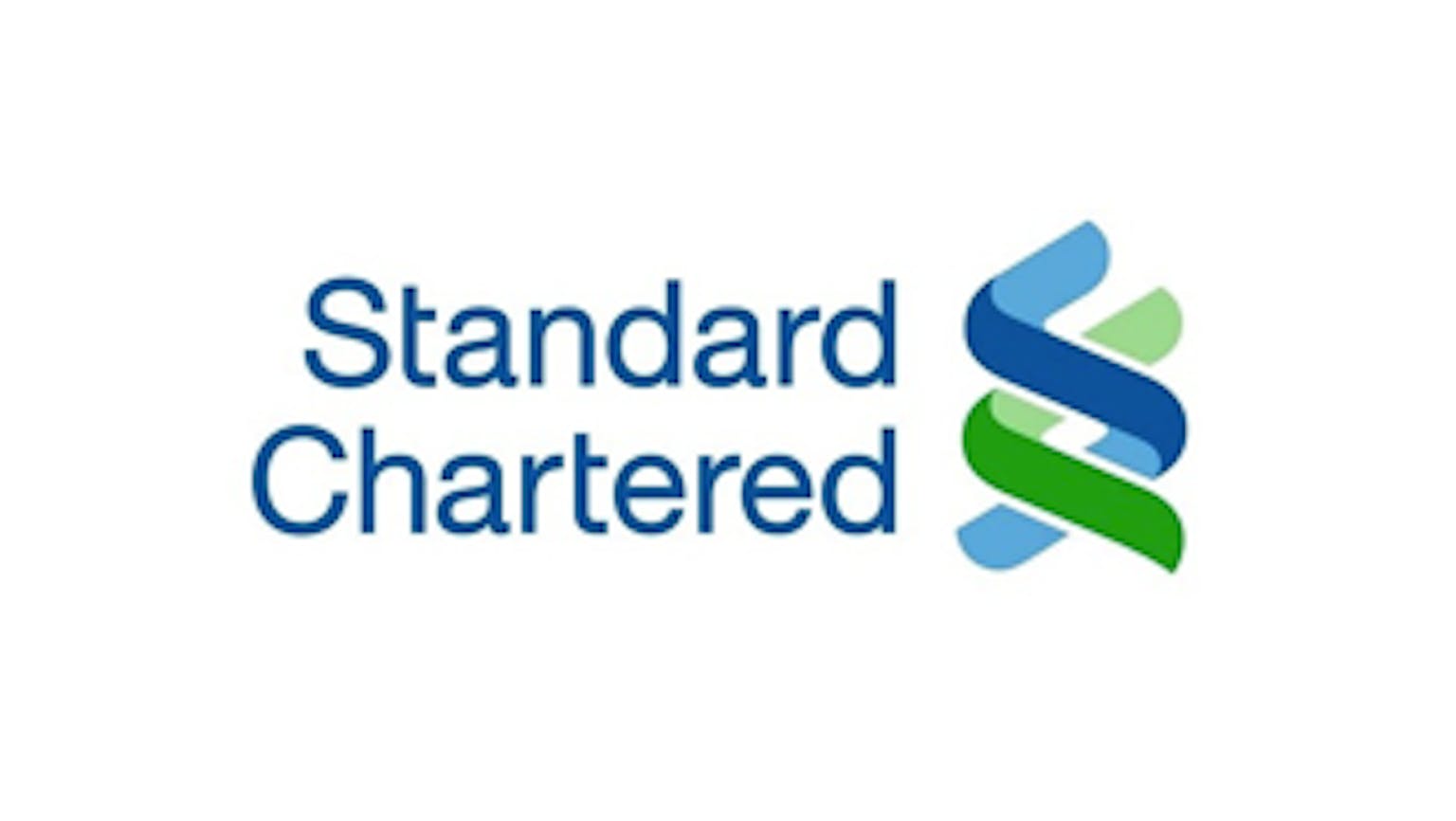
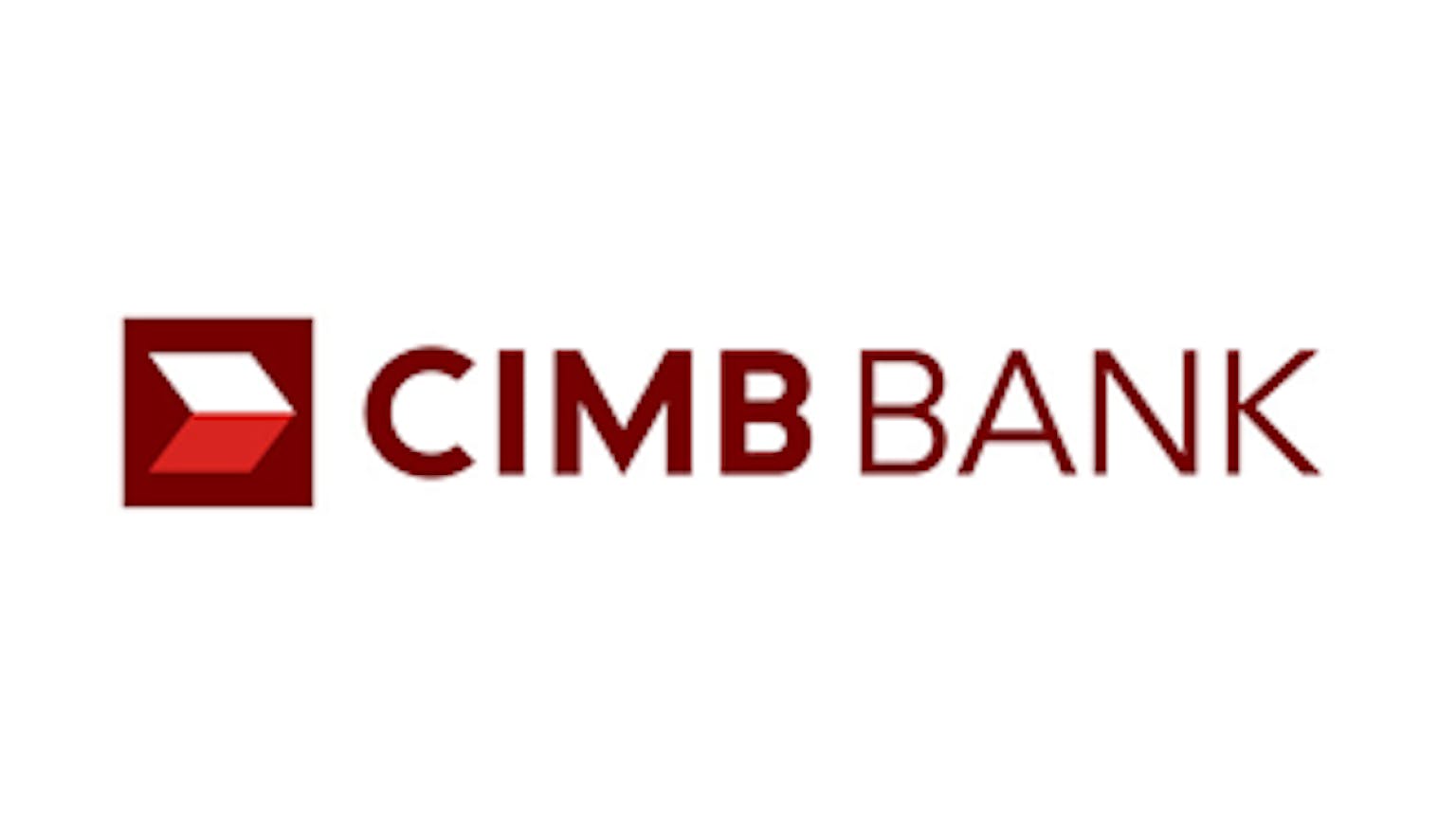

Please leave your knowledge and opinion!